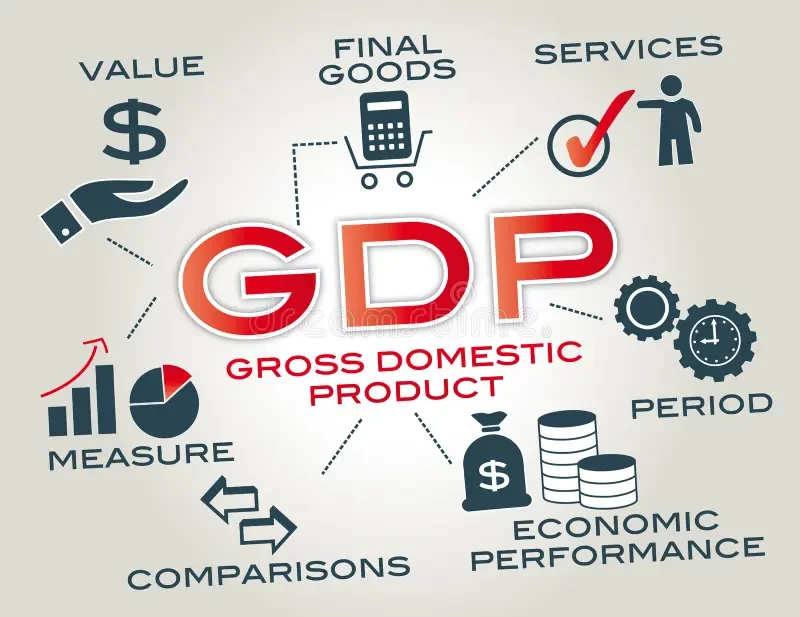
GOVERNMENT’s recent rebasing of the economy has pushed Zimbabwe’s gross domestic product (GDP) valuation to US$45,7 billion and gross national income (GNI) above US$3 000 — despite ongoing exchange rate distortions.
In June, the Zimbabwe National Statistics Agency (ZimStat) released its 2023 and 2024 GDP report wherein it highlighted figures showing a growing gap between nominal growth on paper and the actual performance of the economy.
This is seen in the fact that despite Zimbabwe’s economy growing by 1,7% last year, the GDP based on market prices grew by nearly 3% to US$45,71 billion in 2024, from the prior year.
The distortion arises from the fact that on April 5, 2024, the current domestic currency, the Zimbabwe Gold (ZiG), was introduced replacing the previous currency, the Zimbabwe dollar.
“I turn to domestic economic developments, let me take this opportunity to brief you on the recent GDP rebasing exercise and the results of Economic Census carried out by ZimStat,” Finance, Economic Development and Investment Promotion minister Mthuli Ncube said in his presentation of the 2025 Mid-Term Budget Review.
“The size of the economy is now approximately US$45,7 billion, up from the earlier estimate of US$35,2 billion in 2024. This implies that both GDP and GNI Per Capita are now above US$3 000.”
He said as a result the revenue-to-GDP ratio declined.
“This results in a notable contraction of the revenue-to-GDP ratio, which declines from 14,6% to 11,6% in 2023, and from 18% to 14,3% in 2024.
- AfDB cuts Zim’s growth projections to 3.5%
- Russia-Ukraine war and the Zimbabwe daily bread
- AfDB cuts Zim’s growth projections to 3.5%
- Russia-Ukraine war and the Zimbabwe daily bread
Keep Reading
“Public debt to GDP in US$ terms also declines to about 46,5%, from above 60% and is below the sub-Saharan average of 61%,” Ncube said.
“This essentially means that Zimbabwe is not over-indebted but has a debt service and liquidity challenge.
“While the debt-to-GDP ratio for 2024 is relatively contained, restoring debt sustainability requires the resolution of the large stock of arrears, while reducing the current liquidity pressures.”
He said the domestic economic developments were updated taking into account actual GDP outturn for the year 2024, developments during the first half of the year and results of the economic census, as well as rebasing undertaken by ZimStat.
“According to ZimStat, GDP growth for the year 2024 is estimated at 1,7%, slightly lower than the projection of 2%,” Ncube said.
“The lower growth is primarily due to subdued performance in the agriculture, manufacturing and tourism sectors.
“ZimStat completed the 2025 Economic Census which covered economic activities for the year 2023.”
The census was undertaken between 2024 and the first quarter of 2025, providing critical insights into the structure and size of the country’s economy.
“The Census identified 204 798 operational establishments, of which the majority (76,1%) were informal,” the finmin said.
“Of this, 1,6% were in the large to medium category, while 98,4% were small and micro enterprises.”
Based on this, ZimStat revised the national accounts for the year 2023 which Ncube announced during the presentation of the mid-year review statement.










